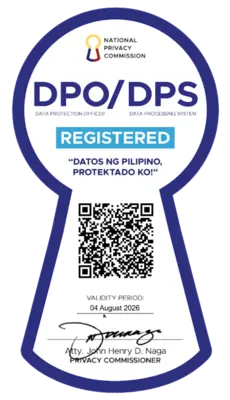This robot butler makes custom wine for you
It's a device that may have wine aficionados spluttering into their claret. Engineers in Cambridge have developed a wine-blending robot that helps the user adjust the flavour of their tipple based on the chemical make-up of a selection of different wines.
The inspiration for the Vinfusion system came from a desire to demystify the often bewildering array of wine available, according to the developers.
"Wine is a complex beverage. And a lot of people just tend to stick to one or two that they know. But what we wanted to do was actually make this amazing range of wines out there, and make it more accessible to the consumer," said Sajith Wimalaratne, food and beverage manager at technology developers Cambridge Consultants.
Winemakers, or vintners, have been experimenting with different blends of wine for centuries to achieve a certain flavour or aroma. Vinfusion simplifies this by letting users customise red wine to a desired taste; using simple terms like full-bodied or light, dry or sweet. The machine is pre-loaded with four base wines that have been chemically analysed to make sure they can be mixed together in various quantities.
"We spoke to consumers and found out how they describe wine and how they describe the taste of wine. Then we took about 30-odd wines into the lab and analysed the chemical profile of those individual wines and then try to match the actual chemical that corresponds to those flavours described by the consumers," explained Wimalaratne.
He added: "Once we had done the chemical analysis we narrowed it down to four base wines; these are a Chilean Pinot Noir, a Chilean Merlot, an Australian Shiraz and a French sweet wine which is a Muscat. And we chose these wines to represent the extremes of the flavour space that we developed."
The system is programmed to deliver hundreds of different flavour combinations on demand; all the user has to do is decide three simple parameters using a sliding scale on an app. Once a selection is made, Vinfusion also educates the user by displaying how this new wine would be comparable to, say, a glass of Cabernet Sauvignon.
"Vinfusion gives the opportunity to create your own blend of wine. Doing this, we have three sliders: we have light to full-bodied, we also have soft to fiery which is the amount of spice in the tannin, and also dry to sweet," said engineer Andrew Stratton as he created a glass of wine that the system tells him will be similar to a ruby port.
Once the parameters have been set, the device delivers a specific quantity of each of the four base wines into a mixing chamber where it is swirled together into a 'new' wine. This blending process also aerates it which has the same effect as letting the wine 'breathe', as you would a good bottle of wine before decanting.
"Once the user chooses the three parameters they want to change, what it does is it delivers the predetermined volumes of each wines in to the mixing chamber, and then it aerates it to release the components of the wines, and then dispenses it into the glass," added Wimalaratne.
The beverages dispensed, while certainly quaffable, would be unlikely to pass muster with serious wine lovers. Wimalaratne said they chose base wines that are all moderately priced at around the £10 (12 USD) mark; the average price that people pay for a bottle of wine. He added that the quality of the Vinfusion blends would increase if more expensive vintages were used as the base wines.
Nevertheless, winemaking is a process steeped in history where doing things the old fashioned way is synonymous with authenticity. From the careful cultivation of grapes to barrel ageing for just the right amount of time, it's an art form that has defied technological interference.
The makers say Vinfusion probably won't have the wine industry worried, and there are no plans to commercialise the device. But they say the technology demonstrates how science-led innovation can help create unique experiences tailored to the needs of the consumer. — Reuters




